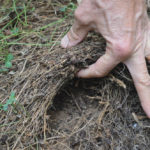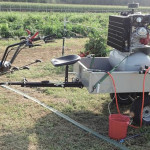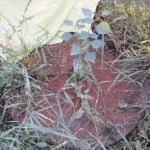If you’re considering starting or expanding a Prairie strawberry farm, autumn is the time to start sourcing and securing the plants and inputs you’ll need, a producer from one Alberta-based U-pick says.


Fall is the time for Manitoba farmers to set the wheels in motion for the 2026 strawberry field crop

You’ll be glad you did when you see healthy plants come back in the spring

It’s more fairy tale than horror story, according to researchers studying the technique

Evergreens behave differently than deciduous trees so need special care

Weed and feed your crop with blasted soybean meal

Mark your calendar to come walk the fields, check out the plots and the composting at this year’s Glenlea field day
